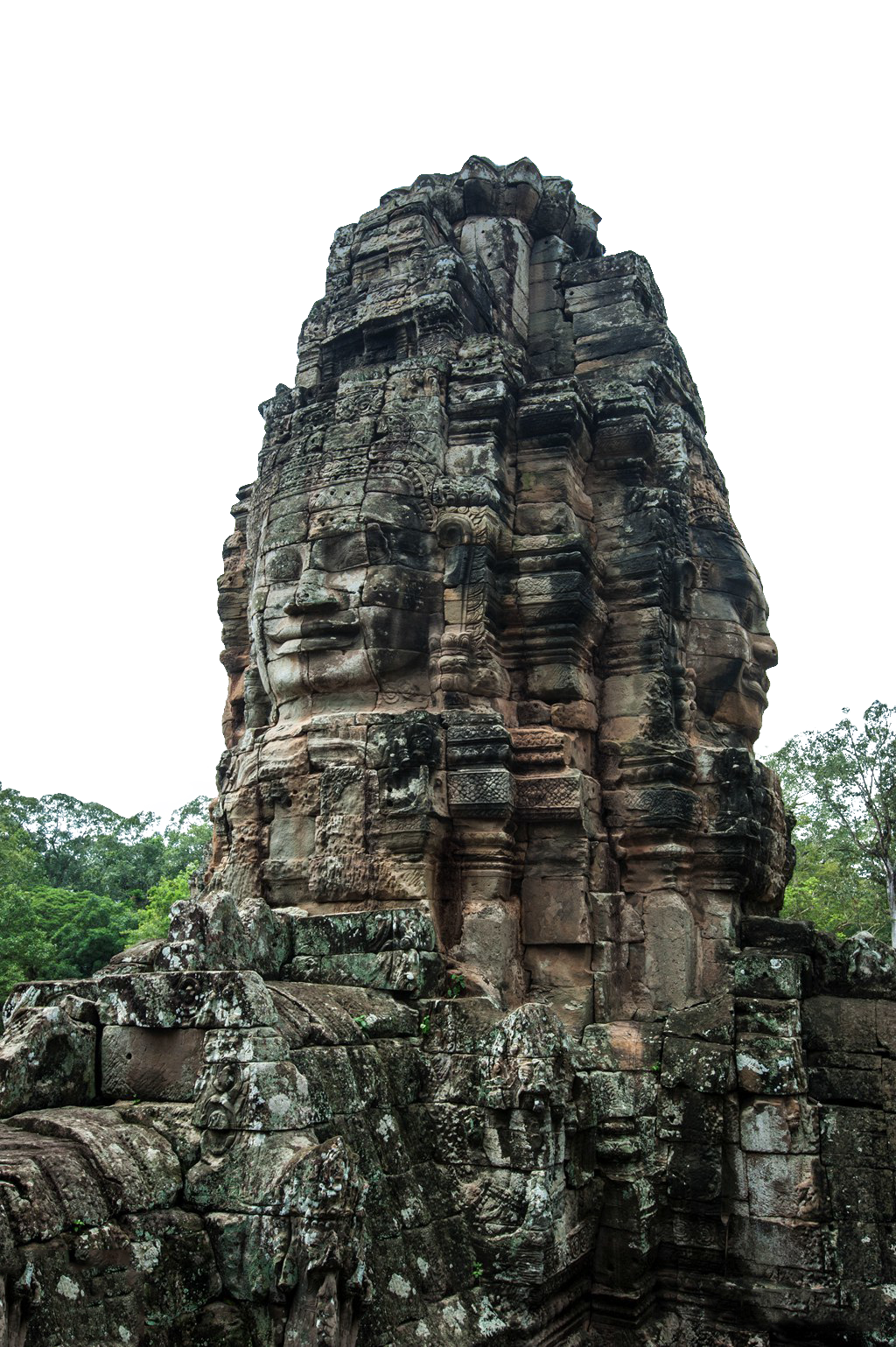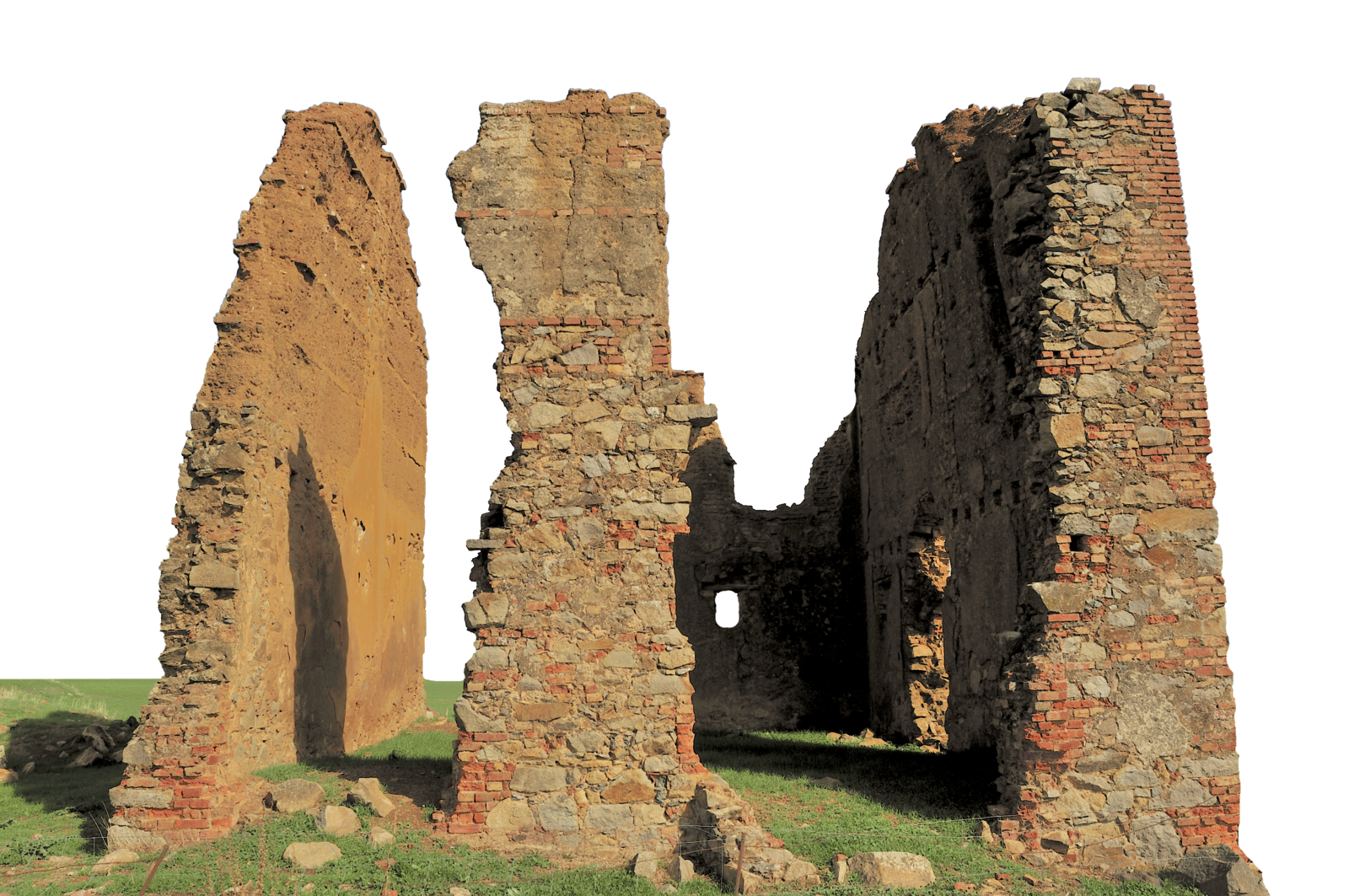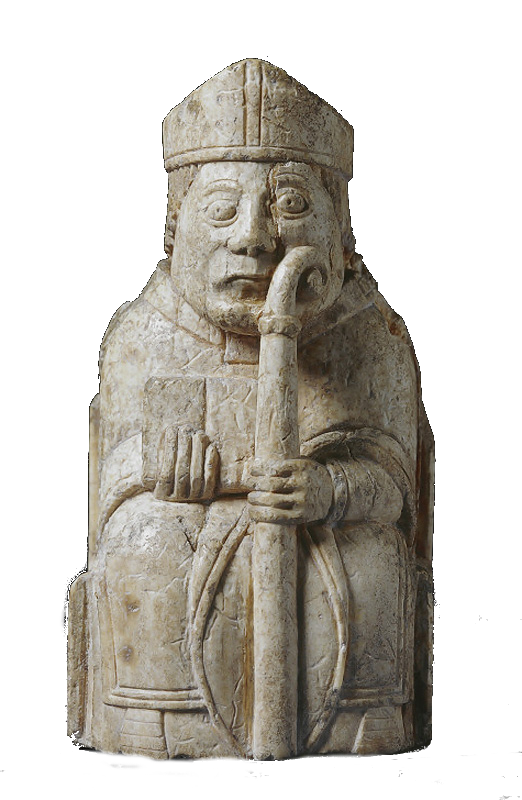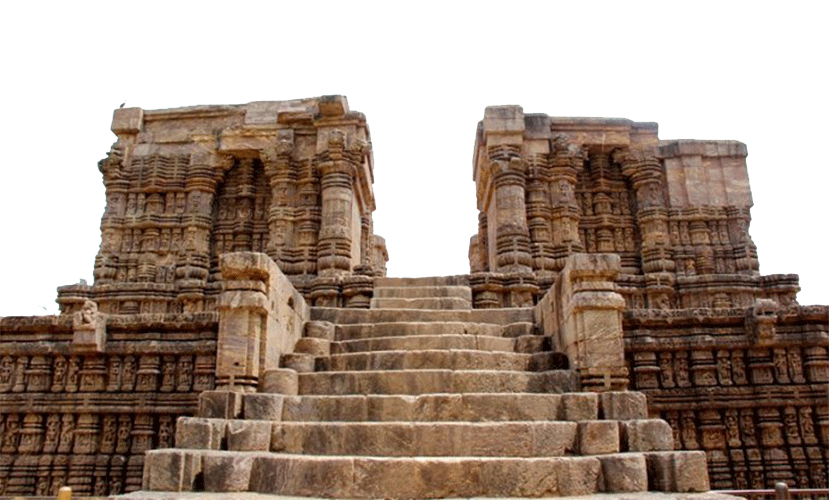Archaeology
Welcome to c/Archaeology @ Mander.xyz!
Shovelbums welcome. 🗿

Notice Board
This is a work in progress, please don't mind the mess.
- 2023-06-15: We are collecting resources for the sidebar!
- 2023-06-13: We are looking for mods. Send a dm to @fossilesque@mander.xyz if interested!
About
Archaeology or archeology[a] is the study of human activity through the recovery and analysis of material culture. The archaeological record consists of artifacts, architecture, biofacts or ecofacts, sites, and cultural landscapes.
Archaeology has various goals, which range from understanding culture history to reconstructing past lifeways to documenting and explaining changes in human societies through time.
The discipline involves surveying, excavation, and eventually analysis of data collected, to learn more about the past. In broad scope, archaeology relies on cross-disciplinary research. Read more...
Rules
- Don't throw mud. Be kind and remember the human.
- Keep it rooted (on topic).
- No spam.
- No pseudoscience/pseudoarchaeology.

Links
Archaeology 101:
Get Involved:
University and Field Work:
- Archaeological Fieldwork Opportunities Bulletin
- University Archaeology (UK)
- Black Trowel Collective Microgrants for Students
Jobs and Career:
Professional Organisations:
- Chartered Institute for Archaeologists (UK)
- BAJR (UK)
- Association for Environmental Archaeology
- Archaeology Scotland
- Historic England
FOSS Tools:
- Diamond Open Access in Archaeology
- Tools for Quantitative Archaeology – in R
- Open Archaeo: A list of open source archaeological tools and software.
- The Open Digital Archaeology Textbook
Datasets:
Fun:
Other Resources:

Similar Communities
Sister Communities
Science and Research
Biology and Life Sciences
- !anthropology@mander.xyz
- !biodiversity@mander.xyz
- !palaeoecology@mander.xyz
- !palaeontology@mander.xyz
Plants & Gardening
Physical Sciences
Humanities and Social Sciences
Memes
Find us on Reddit

view the rest of the comments
This is the best summary I could come up with:
Buried in a partial foetal position and surrounded by flower pollen, the discovery of Shanidar 4 – a Neanderthal skeleton unearthed in 1960 – prompted a dramatic reappraisal of our ancient cousins.
However, during the late 1950s and early 60s, an archaeologist called Ralph Solecki discovered the skeletons of 10 Neanderthal men, women and children at Shanidar cave in the Zagros mountains of Iraqi Kurdistan.
Though it’s plausible they could have been gathered for medicinal reasons, their choice as funeral flowers would be hard to square with modern notions of empathy, he said.
Taken together, he believes the findings imply the transmission of traditions over generations, and that Neanderthals may have lived in a world where stories and symbolic ideas guided their actions.
Dr Rebecca Wragg Sykes, an honorary fellow at the University of Liverpool and author of Kindred: Neanderthal Life, Love, Death and Art, agreed that the argument for burrowing bees being responsible for some of the clumped pollen was “convincing”.
However, the discovery of pollen and woody material in association with Shanidar Z “leaves open the possibility that we may be looking at some kind of intentional inclusion of plants with the remains of the dead,” she said.
The original article contains 916 words, the summary contains 200 words. Saved 78%. I'm a bot and I'm open source!
I appreciate this bot in general, but I think in this case it's hard to make sense of the summary, better to read the original article